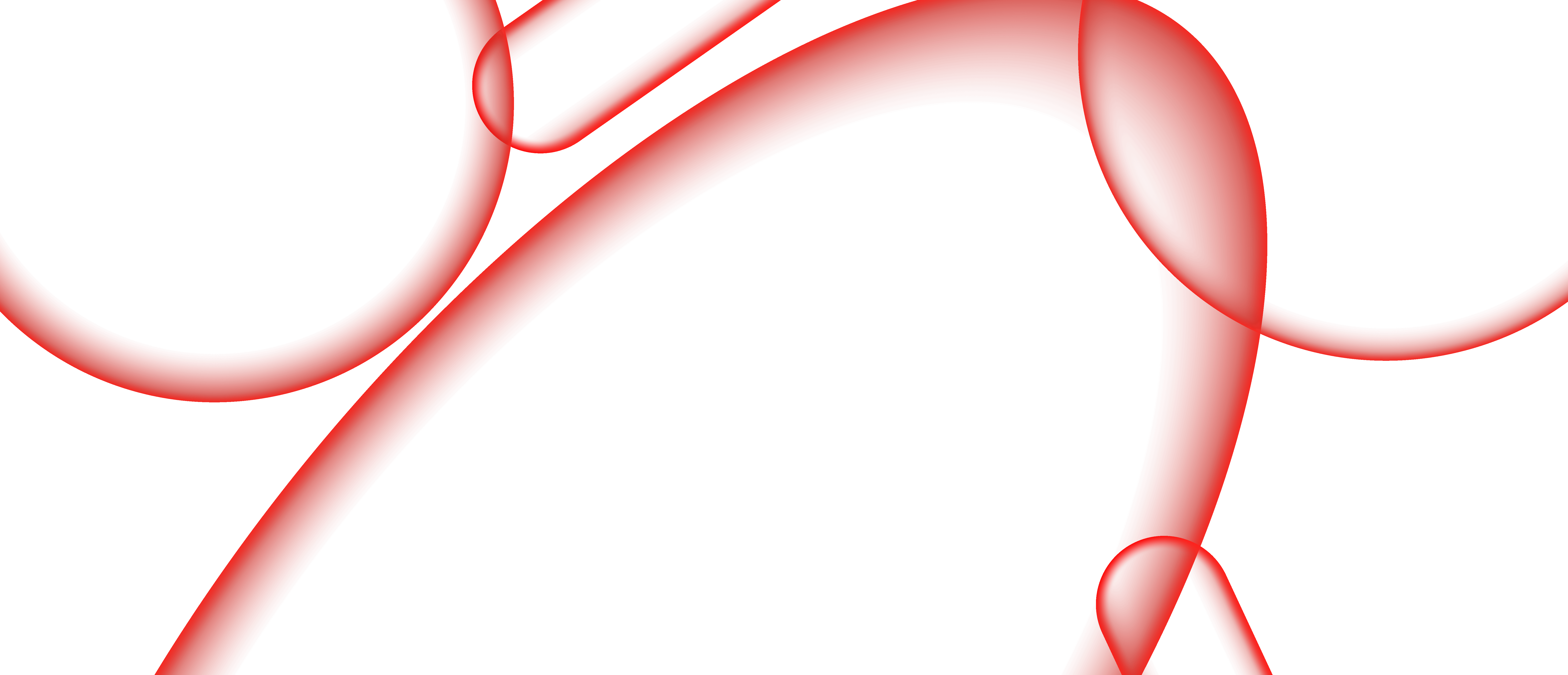
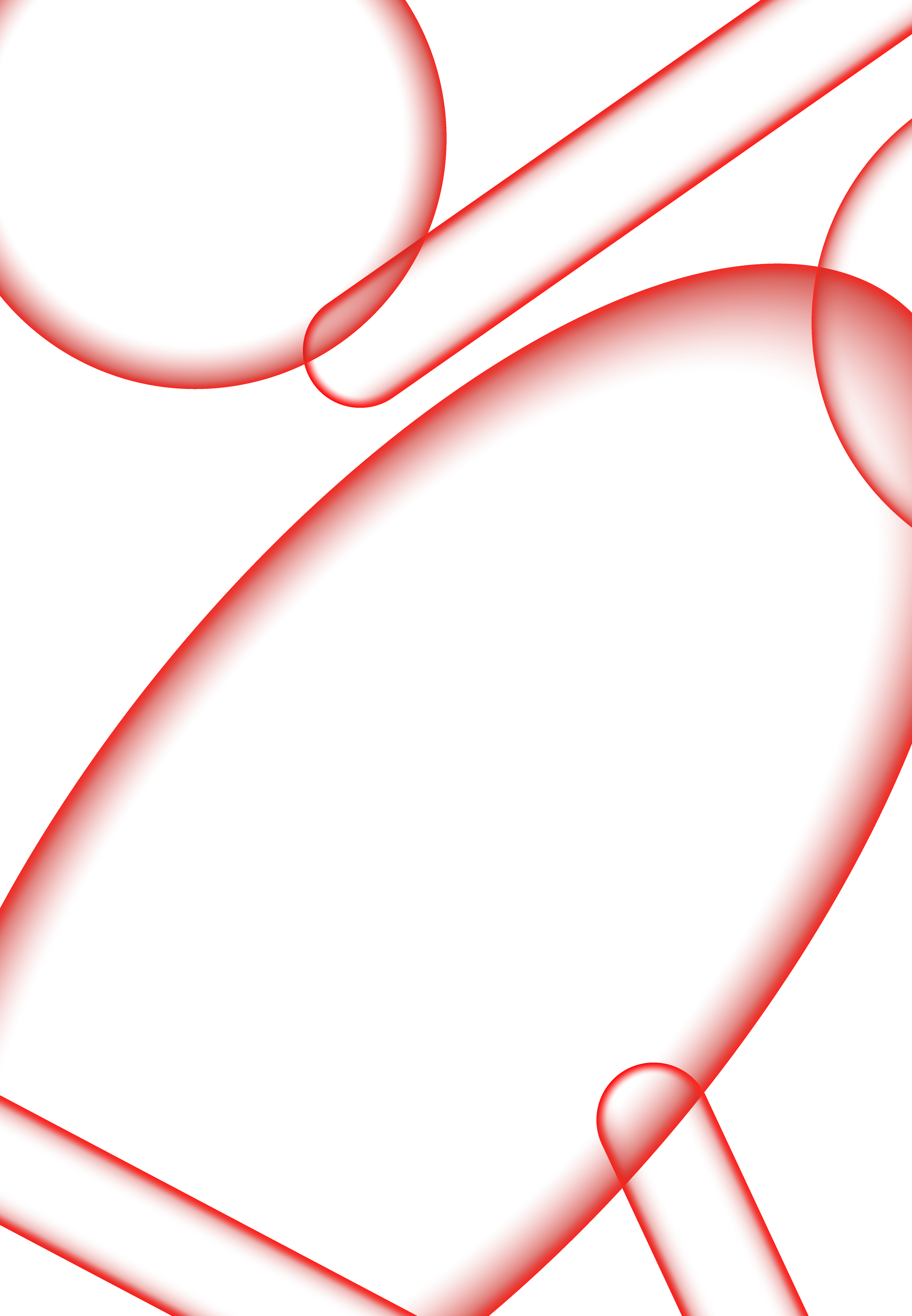
展覽論述 Statement

火炬/拳頭。病毒雖無法再傳遞,卻仍有別的東西在流動。
深藏於體內的,不僅是無解的病毒,更有記憶、悲歡,以及那股始終不肯退場的抵抗。這群人繼承的,並非感染本身,而是它所留下的重量;所欲傳遞的,也不是曾經進入血液的東西,而是那些徹底改寫生命的經驗。這股意志延燒的速率或許不及病毒,卻往往抵達得更深刻。它是一道學會說話的傷口、一種感染的藝物、一場無可救藥的浪漫。——臺灣感染誌 x 臺灣當代文化實驗場:無救藥聯盟 Incurable Alliance
人類免疫缺乏病毒(Human Immunodeficiency Virus,HIV,愛滋病毒)在全球擴散逾四十年,其傳播軌跡不僅見證了流行病學的發展,也交織出一段段由感染者經驗、社會話語權、污名意識與邊緣化政策構成的歷史網絡。如今,多數國家已將愛滋病毒帶原者納入公共衛生系統追蹤管理,穩定藥物治療成為可行常態,「測不到等於不具傳染力(Undetectable equals Untransmittable, U=U)」成為一句安慰人心的科學與運動口號。它走進許多人的生活,將病毒由「不可見」轉化為「不可傳」,為研究開啟新方向的同時,也為病者帶來希望。學者與病者共同昂首邁向一個充滿光明的未來藍圖,而穩定服藥、達到病毒量測不到的狀態,也成為確診後最核心的醫囑與責任。
感染者不再需要時時思量死亡與傳染他人的風險後果,然而與此同時,卻似乎走入了另一種沉默的開端。當病毒因高濃度抗病毒藥物而無法透過血液傳播,懼異的視線與社會投射卻仍擁有穿透一切的能力,那些來自他者的凝視與價值意識仍會滲入身體,在公衛機制保護傘下,記憶與恐懼依舊需要出口。
在這樣的時代節點上,「無救藥聯盟」的展開並非關於解藥,而是試圖處理那些無處安放的意志與經驗。儘管抗反轉錄病毒藥物與科學知識的普及已使病毒管理在全球邁向穩定,亞太地區的感染者與酷兒群體卻仍深陷於法律、宗教、文化與階級交織的懲罰性結構中。同志關係未被普遍承認、感染者被揭露/懲罰、藥物可及性與公衛資源高度不均,使相關愛滋相關藝文運動與經驗敘事長期處於孤島狀態。在這樣一個跨國移動加劇、社群串連片斷的時代,亞太地區愛滋藝術聯盟的出現,是一次試圖突破區域沉默與孤立感的回應。
本展由社團法人臺灣感染誌協會與臺灣當代文化實驗場共同主辦,以「無救藥聯盟 Incurable Alliance」為題,期盼藉由聯合展覽的發布,激化跨國藝術運動者間的聯盟與合作。邀集來自臺灣、香港、馬來西亞、南韓、菲律賓與澳洲共十組愛滋陽性藝術家,以 C-LAB 為基地,聯合再現亞太藝術居民所見之愛滋病毒感染語境。藝術家們跨越書寫、繪畫、聲響、錄像、表演、裝置與社群實踐等形式,帶原著病毒,也攜帶著各自所處國族的語言、宗教、文化、經濟與法律規範差異;作品呈現個體如何以藝術生產為載體,轉譯身體與身份之間的拔河,也如何在無法言說的歷史斷層中,重構自我、連結他人。
這是一場冒險性的協作——在彼此雷同的默契中靠近,在相異的傷口中找尋共鳴,共組一處當代愛滋經驗的視覺現場,為跨境行動與藝術實踐的可能性,拋出提案,也留下見證。
Carrying a Torch in Our Fist. Though the virus can no longer spread, there is still something on the move.
What lies deep within the body is not only an incurable virus, but also memories, joys, sorrows, and a resistance that refuses to die. Those living with HIV no longer spread the infection itself, but continue to bear the weight it has left behind. What they seek to pass around are those experiences that have completely rewritten so many lives. While the strength of their collective will may not be enough to cure the virus, it has reached a much deeper place. Like artifacts of infection or an incurable romance, the scars left on their psyches continue on and have learned to speak.
——Taiwan HIVStory and Taiwan Contemporary Culture Lab: Incurable Alliance
The Human Immunodeficiency Virus (HIV) has been spreading globally for over forty years. Its transmission trajectory has not only coincided with the development of epidemiology but also woven a historical network composed of the experiences of those infected, a social discourse, a stigma, and marginalizing policies. Today, most countries have integrated HIV carriers into public health systems for tracking and management, and stable and workable drug therapies have become the norm. The slogan Undetectable equals Untransmittable (U=U) —as scientific as it is comforting—is often used by advocates and has become part of many lives, as the virus has transformed from undetectable to untransmittable. New research directions have opened and brought hope to those affected. Medical professionals and patients walk together toward a brighter future, as they strive for undetectable viral loads through stable adherence to medication protocols after diagnosis.
Infected individuals no longer need to constantly worry about death or the risk of transmitting the virus to others. However, at the same time, it seems they have entered a new silent beginning. Even though the virus is unable to spread due to high-concentration antiretroviral drugs in the bloodstream, fear and societal projections still possess the ability to penetrate everything. Stares and value judgments continue to seep into the body, and even under the protective umbrella of public health mechanisms, memories and fears still need an outlet.
At this pivotal moment, the Incurable Alliance was not formed to battle for a cure, but rather seeks to address those unresolved struggles and experiences that have nowhere to rest. While the widespread use of antiretroviral drugs has brought stability to global virus management, infected individuals and queer communities in the Asia-Pacific region are still deeply affected by punitive structures that have been shaped by law, religion, culture, and class. Same-sex relationships are not widely recognized, infected individuals are often exposed and punished, and there is severe inequity in accessibility to drugs and public health resources. This all has left HIV/AIDS-related art and narrative movements in a state of isolation for a long time. In an era of increased transnational movement and fragmented communities, the emergence of the Incurable Alliance and Asia-Pacific HIV+ Art Showcase represents an attempt to break through the silence and sense of isolation in the Asia-Pacific region.
Titled Incurable Alliance, this exhibition was jointly organized by the HIVstory and the Taiwan Contemporary Culture Lab. With this exhibition, the organizers hope to strengthen alliances and cooperation among transnational art activists. The exhibition brings together ten HIV-positive artists and art groups from Taiwan, Hong Kong, Malaysia, South Korea, the Philippines, and Australia. Based at C-LAB, the artists collaboratively introduce the HIV/AIDS context as it has been experienced by artists across the Asia-Pacific region. Working in the areas of writing, painting, sound, video, performance, installation, and community practices, the artists share the unique language, religious, cultural, economic, and legal differences in their respective countries. Their works reveal how artistic production can be used to navigate the tug-of-war between body and identity, and how they reconstruct themselves and connect with others in the face of unspoken historical ruptures.
This daring collaboration draws us closer through shared understanding and seeks resonance in wounds that differ. Together, the artists construct a visual site of contemporary HIV experiences, and propose new possibilities for transnational activism and artistic practice while bearing witness to their unfolding.
協同策展人論述 Co-Curator's Statement
歡迎來到「無救藥聯盟」展覽;或,歡迎來到「後愛滋時代」。
在「後愛滋時代」,當愛滋病已由致命絕症轉化為可控的慢性病,社會大眾對其恐懼逐漸淡化,媒體與政策關注也相對稀少。然而,在「測不到即不具傳染力」(U=U)的醫療邏輯下,感染者的生活經驗是否也同步被理解、接納,並納入社會記憶?臺灣感染誌協會(Taiwan HIV Story Association)的成立,即回應此一沉默與空缺,以書寫與敘事為媒介,成為一場聚焦疾病政治與社會連結的數位倡議實驗。
成立於2019年,感染誌是台灣第一個以HIV感染者敘事為核心的非政府組織。其發展可追溯至2016年,幾位年輕感染者開始在網路上公開分享彼此的日常片段—從藥物副作用到情感挫折、從求職歧視到社交恐懼—逐漸匯聚出一種屬於感染者自己的語言與記憶體系。感染誌的關注重心並非醫療服務,而是透過日常書寫、劇場實驗、攝影藝術等文化實踐,建構出對抗污名、挑戰主流醫療敘事的疾病政治想像。這樣由下而上、由內而外的敘事生產,不僅補足制度性照護的斷裂,也提醒我們:理解愛滋,從來不只是理解一種病毒,更是進入社會結構、文化轉型與權力交織關係的重要入口。
感染誌持續透過寫作工作坊、志工培訓、展演活動等方式,開展具公共參與性與敘事轉化力的實踐。2023年舉辦的「陽性意志」藝術展,即是一個具代表性的例子。展覽將U=U的藥物服從邏輯轉化為具象的視覺與身體語言,呈現感染者在藥物與日常交織下的生命現場。感染誌的發聲不僅挑戰主流社會對「康復」與「健康」的定義,也展現感染者如何藉由藝術重新掌握自身的身體、經驗與話語權。
感染誌的實踐也提醒我們,愛滋遠非單一的生物醫學事件,而是一個與性別、藥政、科技、身分與網路空間緊密交織的社會現象。當代的藥愛文化、PrEP普及、數位交友與跨國健康移動,使愛滋治理不再只是公衛問題,而成為數位治理與性/身體政治交錯的重要場域。感染誌的行動,正體現了科學與社會研究對疾病治理的深層關照:病毒的可見性,不僅顯影於醫療儀器中,更顯影於文化、語言與政治的結構縫隙裡。
「無救藥聯盟」展演,邀集來自亞洲六國共十位藝術家,透過多樣媒材與敘事方式回應愛滋作為慢性病的文化轉型。這場展覽提供至少兩個層次的觀看路徑:其一,在個別作品中,觀眾可細讀藝術家如何將疾病書寫嵌入個人生命經驗之中,呈現等待診療、盼望解藥、抗拒污名、與病毒共存的情感紋理。展出的作品口味生猛又清新,真誠且不落俗套,每一件都像是窺探愛滋世界的私密小徑。其二,將整體展覽視為一場來自亞洲的集體發聲。對長期習慣歐美中心敘事的觀眾而言,「無救藥聯盟」提供了一種地緣政治上的重新定位—鄰近亞洲國家的愛滋故事,帶來新的對話與比較視野,也使我們更有能力思考愛滋如何在不同政治經濟與文化脈絡中發展與延伸。
感染誌協會的發展,是台灣後愛滋時代社會轉型的縮影;「無救藥聯盟」的展演,則是後愛滋敘事全球在地化的文化實踐。藝術家們透過創作,讓愛滋不再只是科學與醫療編碼下的「個案」,而是穿透情感、身體與文化結構的社會現象。愛滋的歷史告訴我們:疾病從來不是中立的自然事件,它在敘事中被形塑、再現,也可能被遺忘。「無救藥聯盟」提醒我們,若要真正終結愛滋,不只是靠藥物與政策,更需要記住那些在正常化的時代中依然奮力活著、說話與創作的人。因為他們的故事,正是我們建構未來健康社會的必要根基。
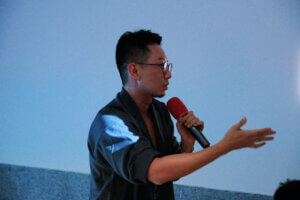
黃柏堯
國立臺灣大學健康行為與社區科學研究所 助理教授(「無救藥聯盟」跨域座談策展人)
Before the Opening of Incurable Alliance: Writing and Performing Illness as a Digital Advocacy Experiment in Social Connection
Welcome to Incurable Alliance—or rather, welcome to the “post-AIDS era.”
In post-AIDS era, HIV/AIDS has shifted from a fatal disease to a manageable chronic condition. Public fear has faded, and media and policy attention has become more sporadic. Yet within the biomedical logic of Undetectable = Untransmittable (U=U), we must ask: are the lived experiences of people with HIV (PLWH) being equally understood, accepted, and remembered by society? The Taiwan HIVStory Association was established precisely in response to this silence. Through writing and storytelling, it initiated a digital advocacy experiment focused on the politics of illness and the possibility of social reconnection.
Founded in 2019, HIVStory is Taiwan’s first NGO dedicated to HIV-positive storytelling. Its roots can be traced back to 2016, when a group of young PLWH began openly sharing their daily experiences online—from medication side effects and emotional struggles to job discrimination and social anxiety. These fragments slowly accumulated into a collective language and memory system shaped by those living with HIV. HIVStory does not prioritize clinical services; rather, it foregrounds cultural practices—writing workshops, theatre experiments, and photographic art—as a form of illness politics, challenging mainstream medical narratives and confronting stigma. This bottom-up, inside-out production of narrative not only fills institutional care gaps, but also reminds us: to understand HIV is not only to understand a virus, but to confront the social, cultural, and political structures it reveals.
HIVStory continues to cultivate public participation and narrative transformation through writing, volunteer training, and art-based interventions. A representative example is the 2023 exhibition Poz Movement, which transformed the compliance-driven logic of U=U into embodied and visual languages that express the complex entanglement of drugs, daily life, and personhood. These creative expressions challenge mainstream definitions of “health” and “recovery” while enabling people living with HIV to reclaim their bodies, narratives, and agency through art.
HIVStory’s work reminds us that HIV is far from being a singular biomedical event. It is deeply embedded in intersecting social domains—gender, pharmaceutical politics, technology, identity, and digital spaces. Today’s chemsex culture, the spread of PrEP, anonymous digital hookups, and transnational health tourism indicate that HIV governance is no longer only a matter of public health, but a space where digital regulation and sexual/body politics converge. HIVStory’s initiatives embody how science and technology studies (STS) perspectives can deepen our understanding of illness beyond the clinic: the virus is not only rendered visible through microscopes but through cultural discourse, narrative tension, and political infrastructure.
The Incurable Alliance brings together ten artists from six Asian countries, collectively responding to the cultural shifts of post AIDS, as a chronic condition through diverse media and modes of storytelling. The exhibition invites audiences to engage on at least two levels. First, through individual artworks, viewers are welcomed to gaze into the affective textures of living with HIV—waiting for treatment, hoping for a cure, resisting stigma, and coexisting with the virus. These works are raw, honest, and unformulaic, offering intimate portals into the world of HIV. Second, the exhibition as a whole serves as a collective expression from within Asia. For those accustomed to Euro-American narratives of illness, Incurable Alliance offers a geopolitical realignment—bringing in regional stories of HIV that open new avenues for comparison and dialogue. These works prompt us to reflect on how chronic conditions like HIV evolve across political, cultural, and economic contexts.
The development of the HIVStory Association is a microcosm of Taiwan’s social transformation in the post-AIDS era. Incurable Alliance represents a global-local turn in post-AIDS storytelling. Through their creations, artists refuse to reduce HIV to a medical “case,” and instead present it as a social phenomenon entangled with emotion, embodiment, and culture. The history of AIDS reminds us: illness is never neutral. It is shaped, remembered, and sometimes forgotten through narrative. Incurable Alliance asks us to truly end HIV not only through medicine or policy, but through remembering, witnessing, and amplifying the stories of those still living, speaking, and creating in the age of normalization. Their voices are vital to the future of any truly healthy society.
Poyao Huang, Assistant Professor, Institute of Health Behaviors and Community Sciences, College of Public Health, National Taiwan University
(Curator of the Interdisciplinary Forums, Incurable Alliance)
作品介紹 Artworks
作品的現身,將從展覽現場開始。開幕後,我們將同步於此呈現。
The artworks will first reveal themselves in the exhibition space. They will be unveiled here after the opening.
系列活動 Public Programs
地點資訊 Venue
- 2025/04/26 (SAT) -06/01 (SUN) closed on Monday
- 11:00-19:00
- 臺灣當代文化實驗場 C-LAB|美援大樓展演空間
- 看影片從忠孝新生三號出口走到主展場
特別感謝 Special Thanks
Doc Eason (榊一生)、Jay Lin、林佑運、Yu-Chen Lai、岳鈺斌、羅昱文、吳子勤、泰勒絲先生、林鈺豐、莊偉慈、宋孜吟、林陳慶、陳懿、Sho Akita、萬志軒、陳韋綸、莊英祺、葉庭佑、汪家慶、台灣露德協會、MIA、艾咪沒邏輯、Zora、曾柏嘉、鍾道詮、李柏翰、柯乃熒、林宜慧、顧文瑋、Kane Race
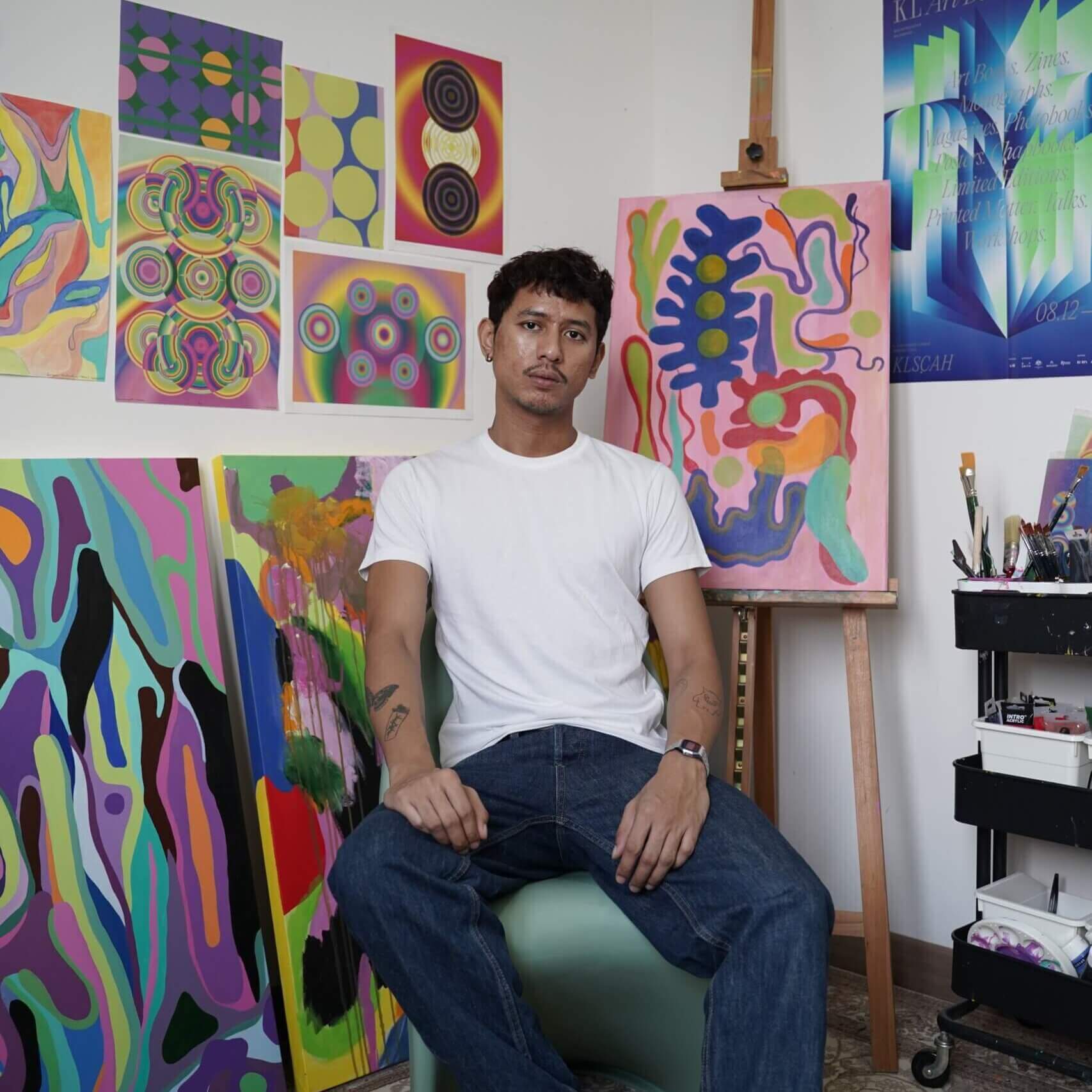
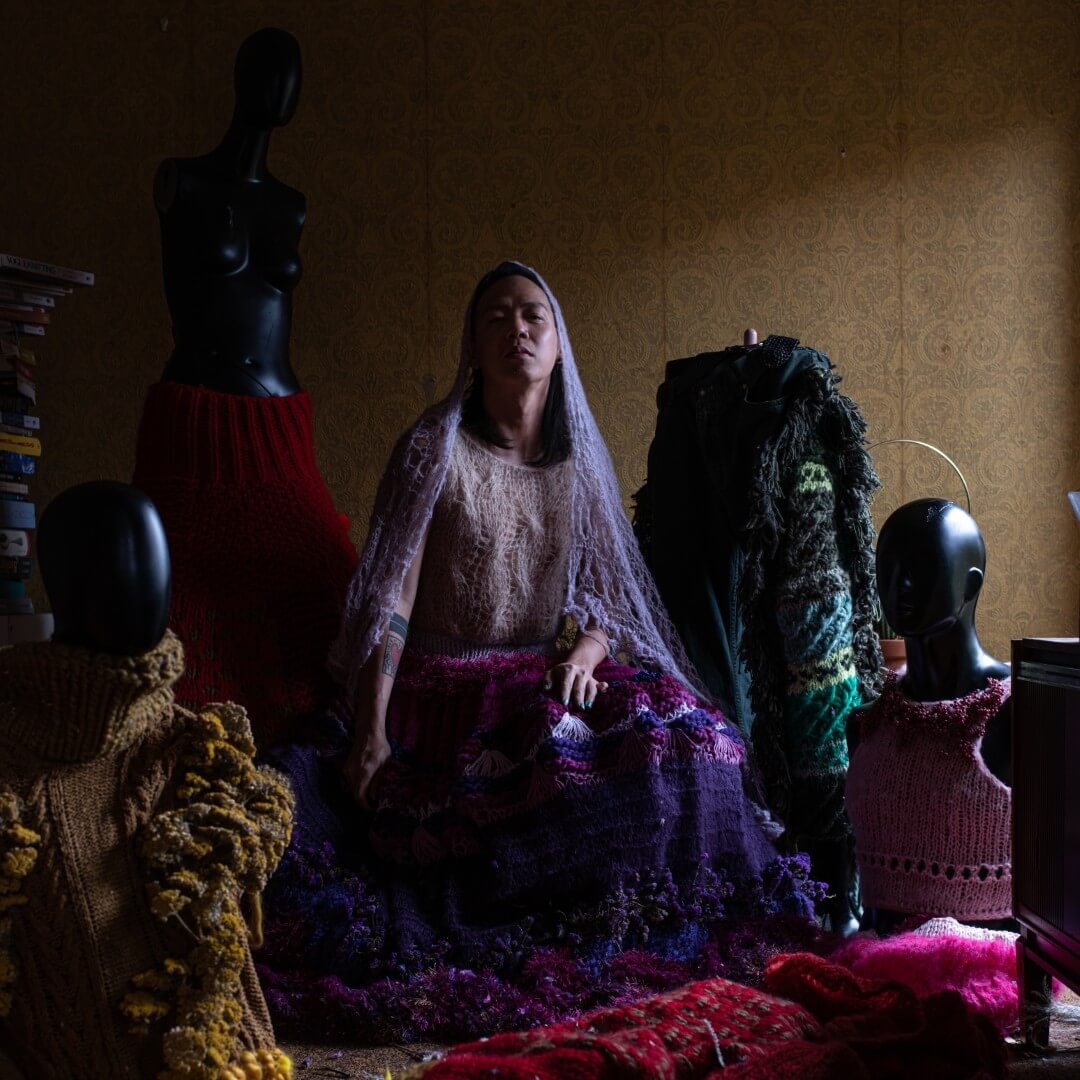
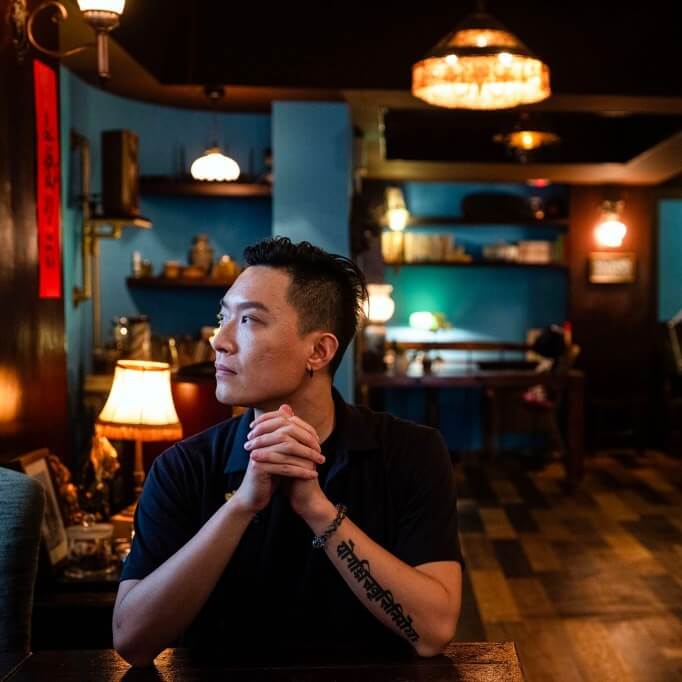
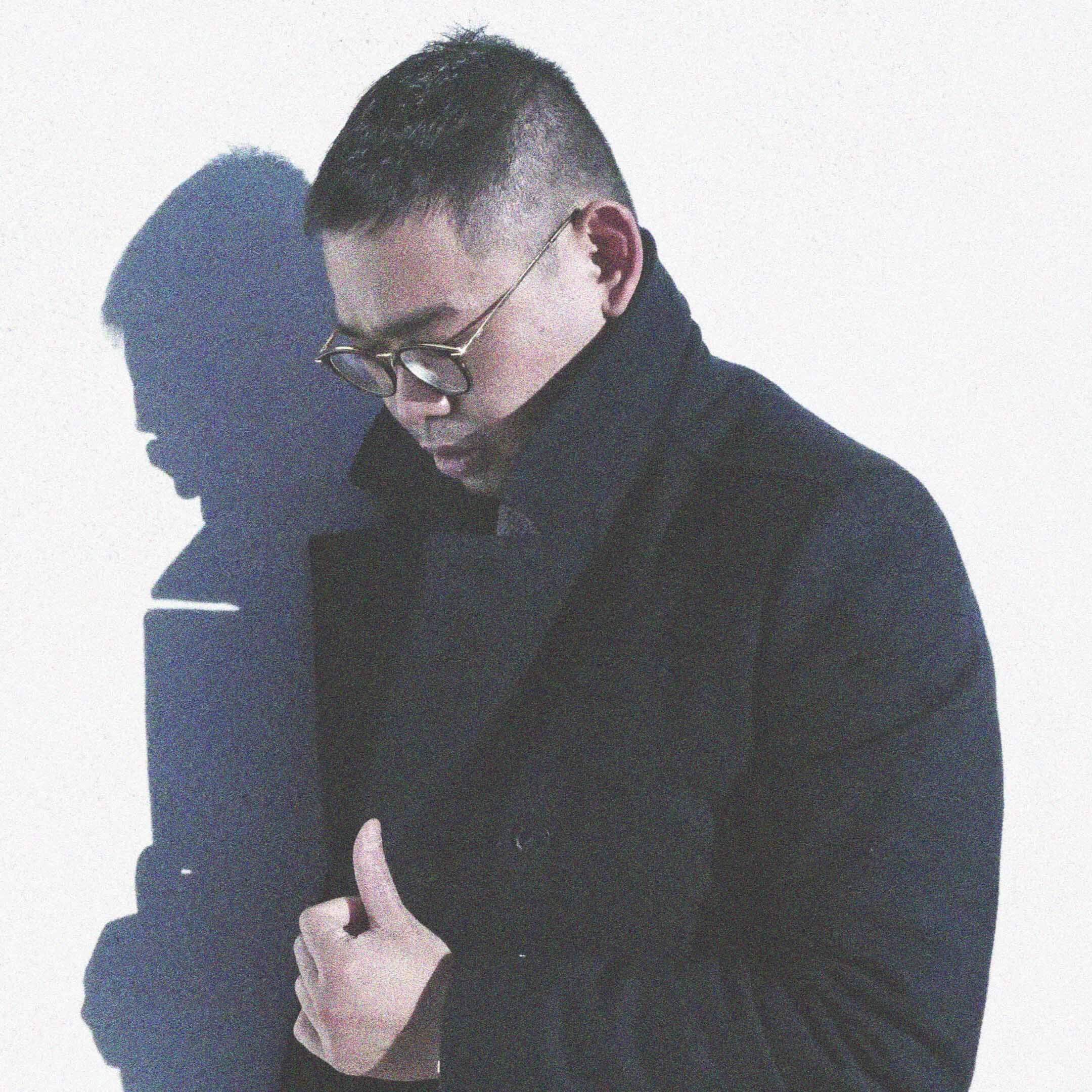
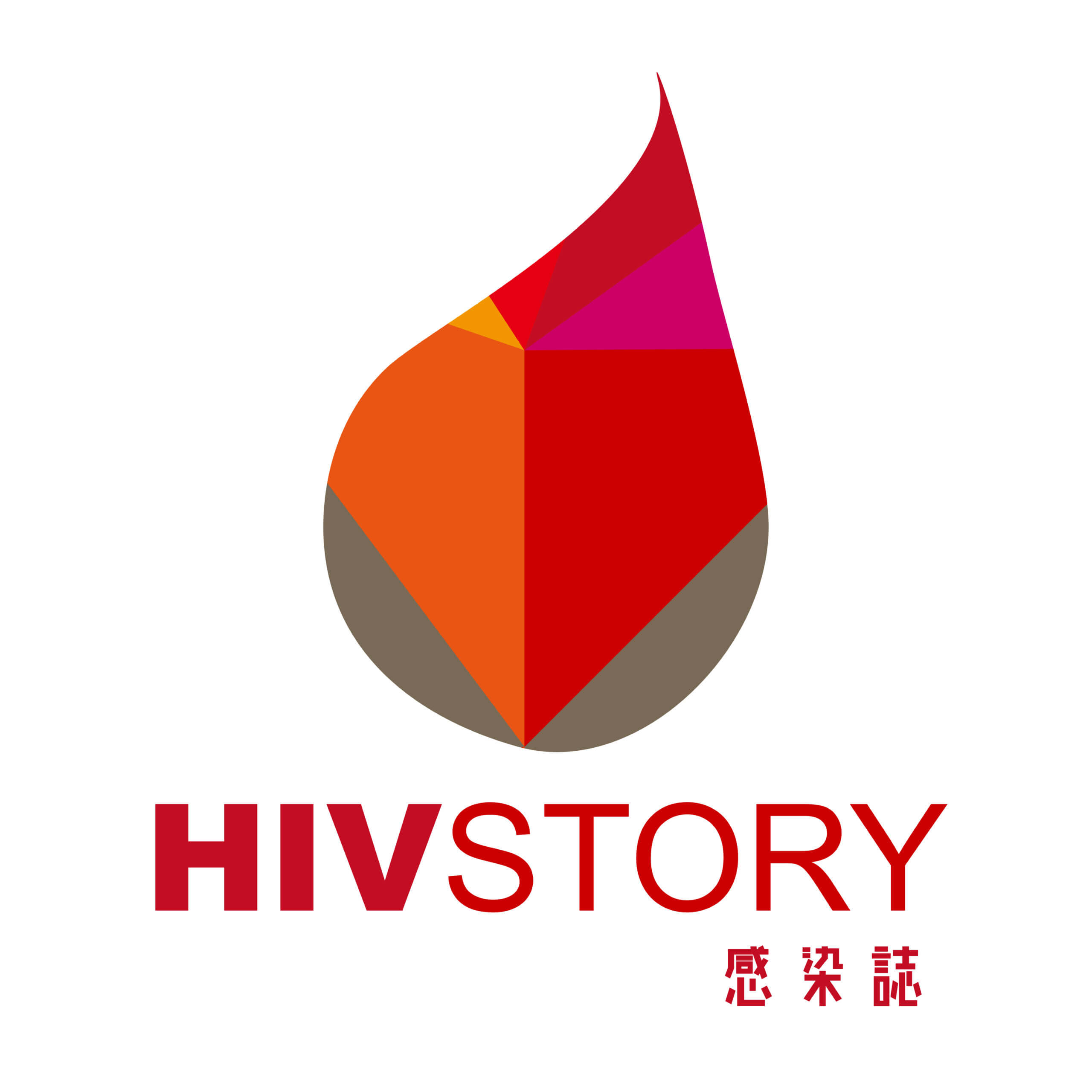

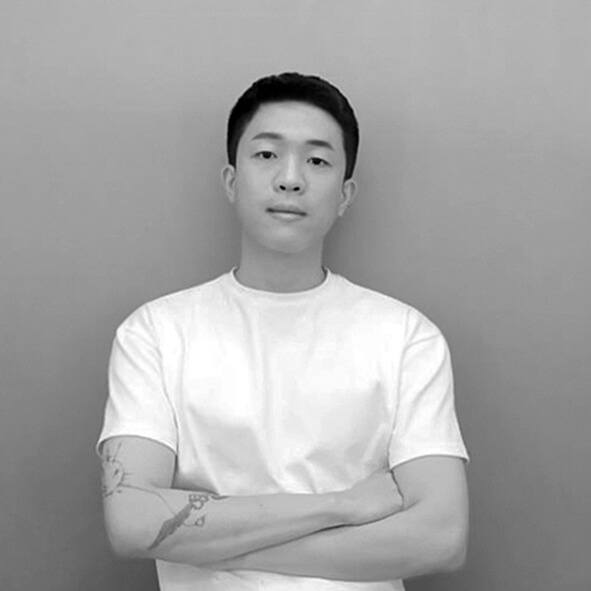
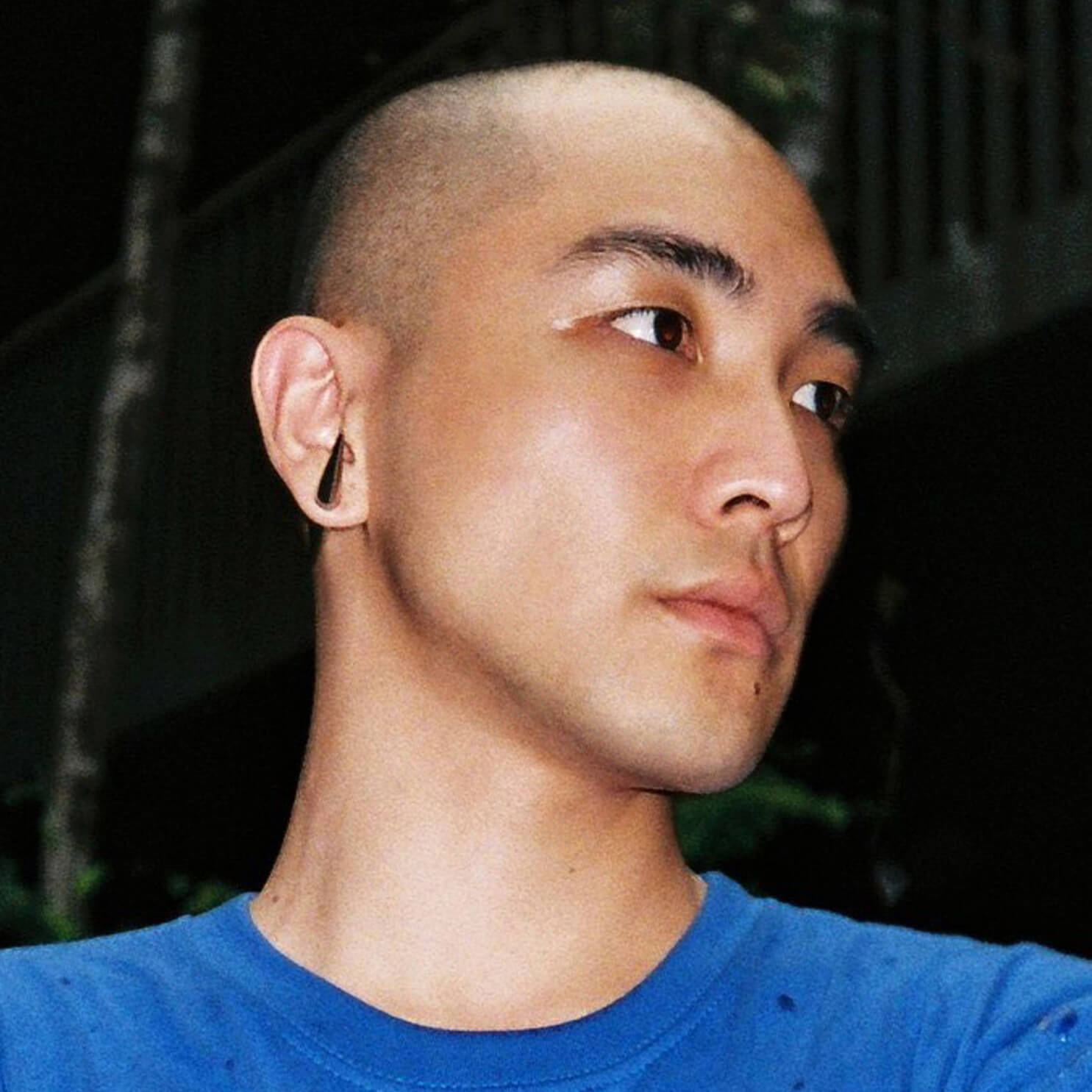
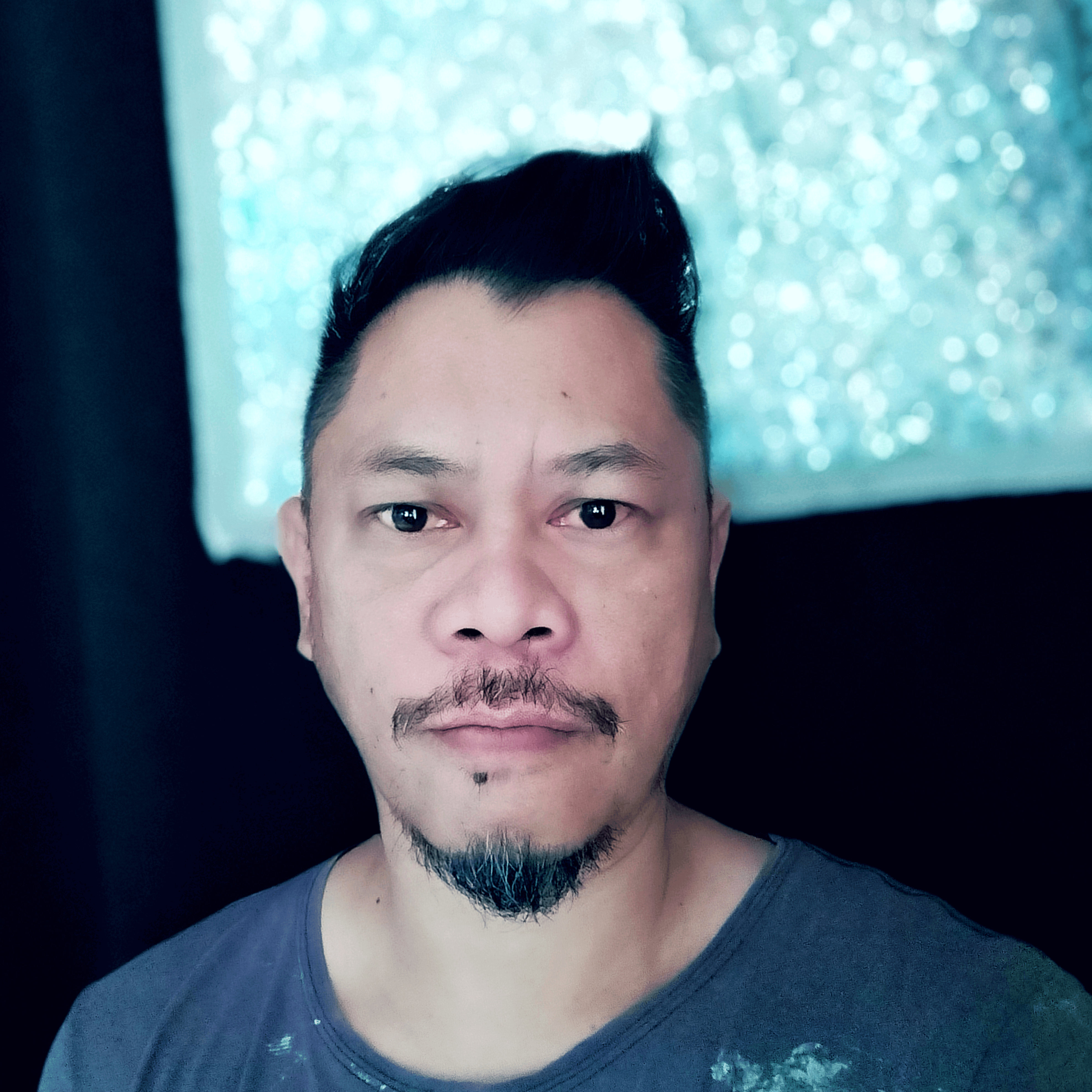
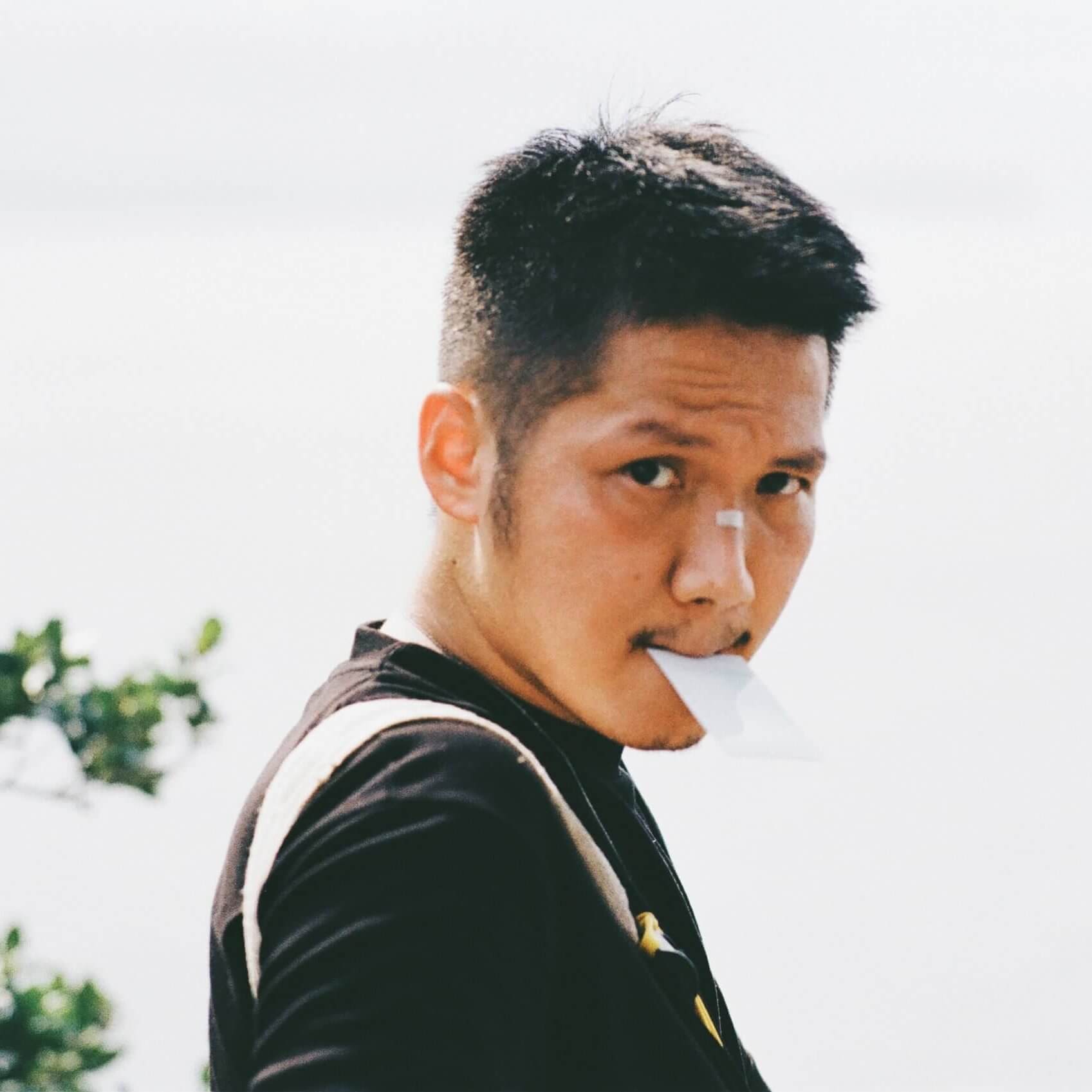
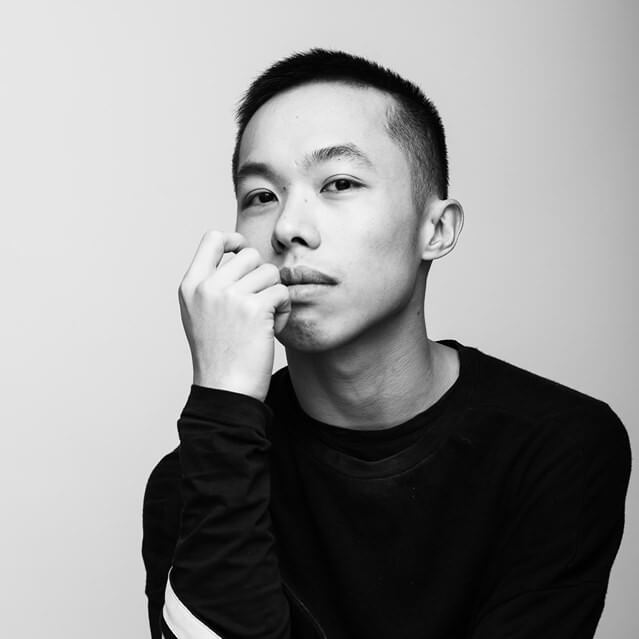



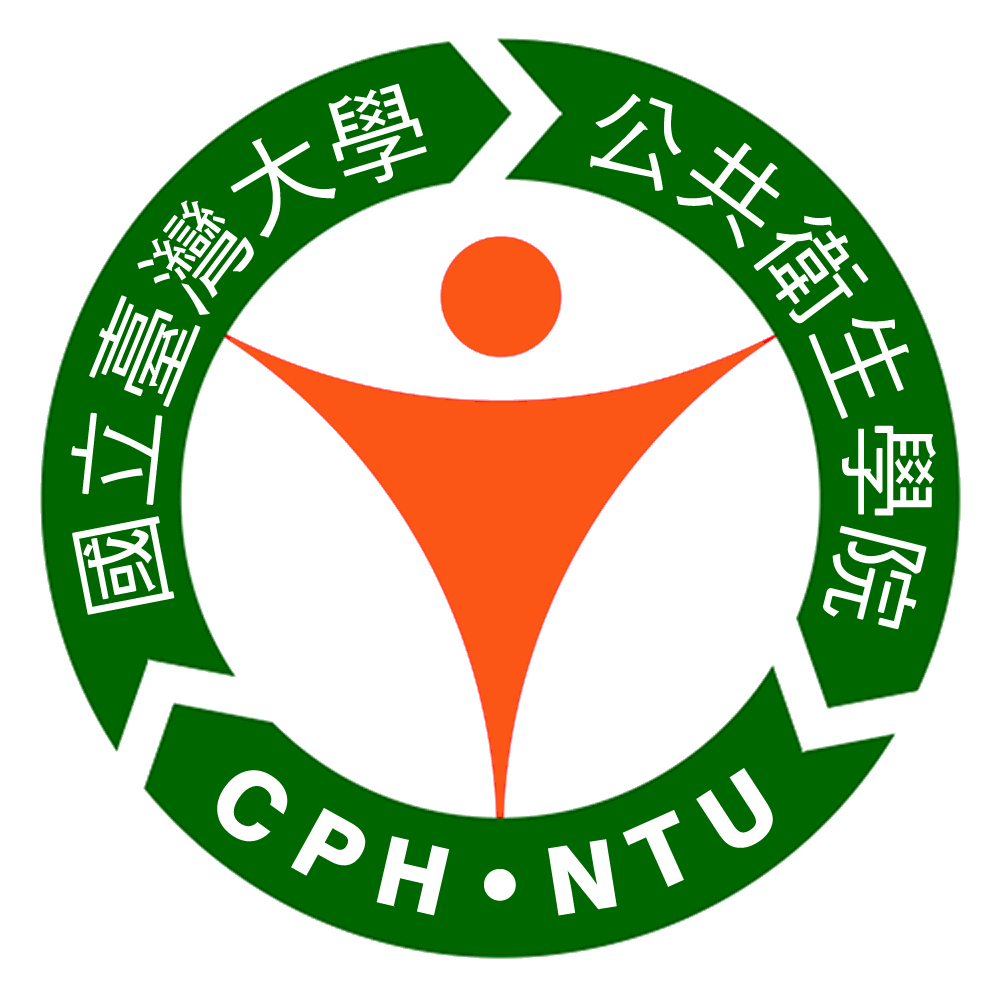
.png)








